447951
Poly(ethylene glycol) methyl ether methacrylate
average Mn 950, methacrylate, methoxy, 300 ppm BHT as inhibitor, 100 ppm MEHQ as inhibitor
동의어(들):
Polyethylene glycol, Methoxy PEG methacrylate, Methoxy poly(ethylene glycol) monomethacrylate, Poly(ethylene glycol) monomethyl ether monomethacrylate
About This Item
추천 제품
제품명
Poly(ethylene glycol) methyl ether methacrylate, average Mn 950, contains 100 ppm MEHQ as inhibitor, 300 ppm BHT as inhibitor
양식
solid
Quality Level
분자량
average Mn 950
포함
100 ppm MEHQ as inhibitor
300 ppm BHT as inhibitor
반응 적합성
reagent type: chemical modification reagent
reaction type: Polymerization Reactions
mp
33-38 °C
density
1.1 g/mL at 25 °C
Ω-끝
methacrylate
α-끝
methoxy
폴리머 구조
shape: linear
functionality: monofunctional
저장 온도
2-8°C
SMILES string
O(CCOCCOC)CCOCCOC(=O)C(=C)C
InChI
1S/C13H24O6/c1-12(2)13(14)19-11-10-18-9-8-17-7-6-16-5-4-15-3/h1,4-11H2,2-3H3
InChI key
KRCGBOKYIUDIFY-UHFFFAOYSA-N
유사한 제품을 찾으십니까? 방문 제품 비교 안내
애플리케이션
- Redox-Responsive "Catch and Release" Cryogels: A Versatile Platform for Capture and Release of Proteins and Cells.: This study introduces innovative cryogels incorporating Poly(ethylene glycol) methyl ether methacrylate, emphasizing their applications in protein and cell capture and release systems. These cryogels exhibit redox-responsive behavior, making them suitable for advanced biomedical applications, including targeted drug delivery and tissue engineering (Calik et al., 2024).
- Study of mechanical property and biocompatibility of graphene oxide/MEO(2)MA hydrogel scaffold for wound healing application.: The research explores the mechanical properties and biocompatibility of a hydrogel scaffold combining graphene oxide and Poly(ethylene glycol) methyl ether methacrylate (PEGMEM). This scaffold shows potential for enhanced wound healing applications due to its robust mechanical strength and excellent biocompatibility (Luong et al., 2024).
- Constructing the Polymer Molecules to Regulate the Electrode/Electrolyte Interface to Enhance Lithium-Metal Battery Performance.: This paper highlights the role of Poly(ethylene glycol) methyl ether methacrylate in developing polymer molecules that regulate electrode/electrolyte interfaces. The findings demonstrate significant improvements in lithium-metal battery performance, pointing to the material′s potential in energy storage applications (Chen et al., 2024).
- Helical Superstructures from the Hierarchical Self-Assembly of Coil-Coil Block Copolymer Guided by Side Chain Amyloid-β(17-19) LVF Peptide.: This study explores the self-assembly of block copolymers incorporating Poly(ethylene glycol) methyl ether methacrylate, leading to the formation of helical superstructures. The work suggests applications in nanotechnology and materials science, particularly for creating novel biomaterials (Nayak et al., 2024).
- Minimalist Nanovaccine with Optimized Amphiphilic Copolymers for Cancer Immunotherapy.: This research presents a minimalist nanovaccine utilizing optimized amphiphilic copolymers, including Poly(ethylene glycol) methyl ether methacrylate. The nanovaccine shows promise in enhancing cancer immunotherapy by improving the immune response and targeting efficiency (Niu et al., 2024).
신호어
Warning
유해 및 위험 성명서
Hazard Classifications
Eye Irrit. 2 - Skin Irrit. 2 - Skin Sens. 1 - STOT SE 3
표적 기관
Respiratory system
Storage Class Code
11 - Combustible Solids
WGK
WGK 1
Flash Point (°F)
>230.0 °F - closed cup
Flash Point (°C)
> 110 °C - closed cup
개인 보호 장비
dust mask type N95 (US), Eyeshields, Faceshields, Gloves
이미 열람한 고객
문서
Devising biomaterial scaffolds that are capable of recapitulating critical aspects of the complex extracellular nature of living tissues in a threedimensional (3D) fashion is a challenging requirement in the field of tissue engineering and regenerative medicine.
Global Trade Item Number
| SKU | GTIN |
|---|---|
| 447951-500ML | 4061832288918 |
| 447951-100ML | 4061832288901 |
자사의 과학자팀은 생명 과학, 재료 과학, 화학 합성, 크로마토그래피, 분석 및 기타 많은 영역을 포함한 모든 과학 분야에 경험이 있습니다..
고객지원팀으로 연락바랍니다.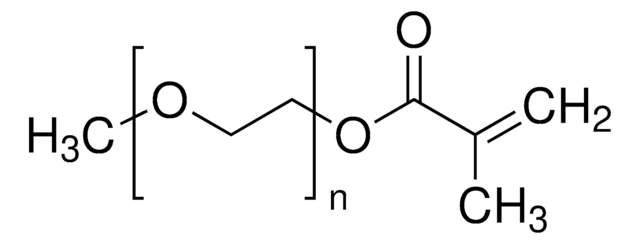
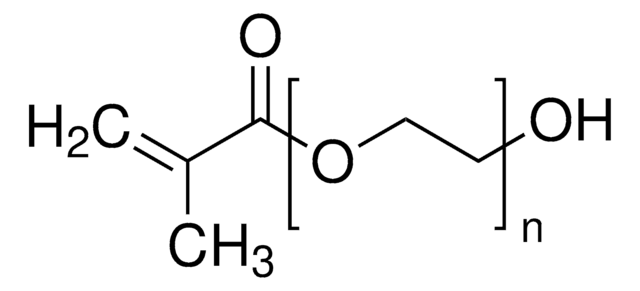
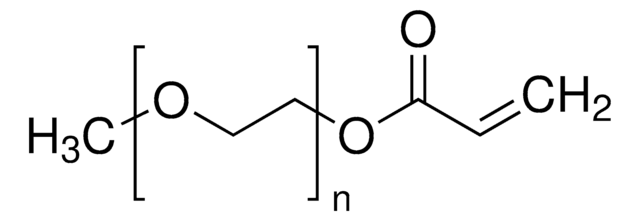
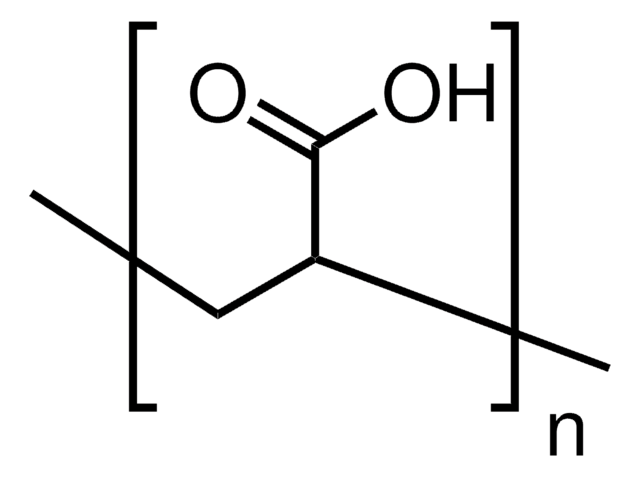
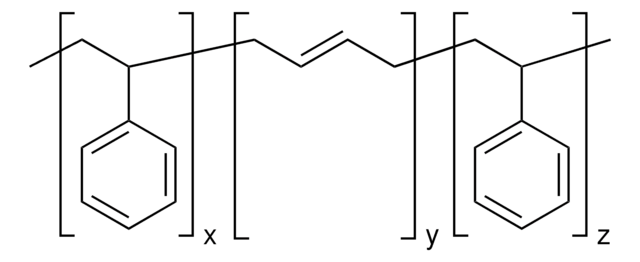
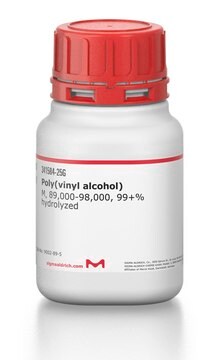


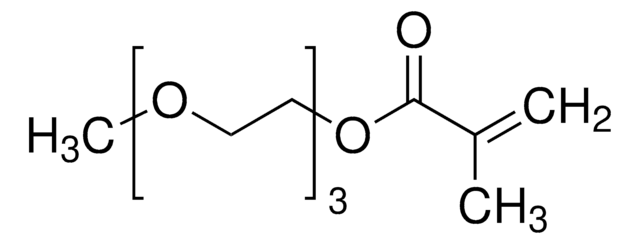
![PSS-[3-(2-Aminoethyl)amino]propyl-Heptaisobutyl substituted](/deepweb/assets/sigmaaldrich/product/structures/583/905/1ee2f0b3-2da3-49d4-af68-a0382b34aeff/640/1ee2f0b3-2da3-49d4-af68-a0382b34aeff.png)